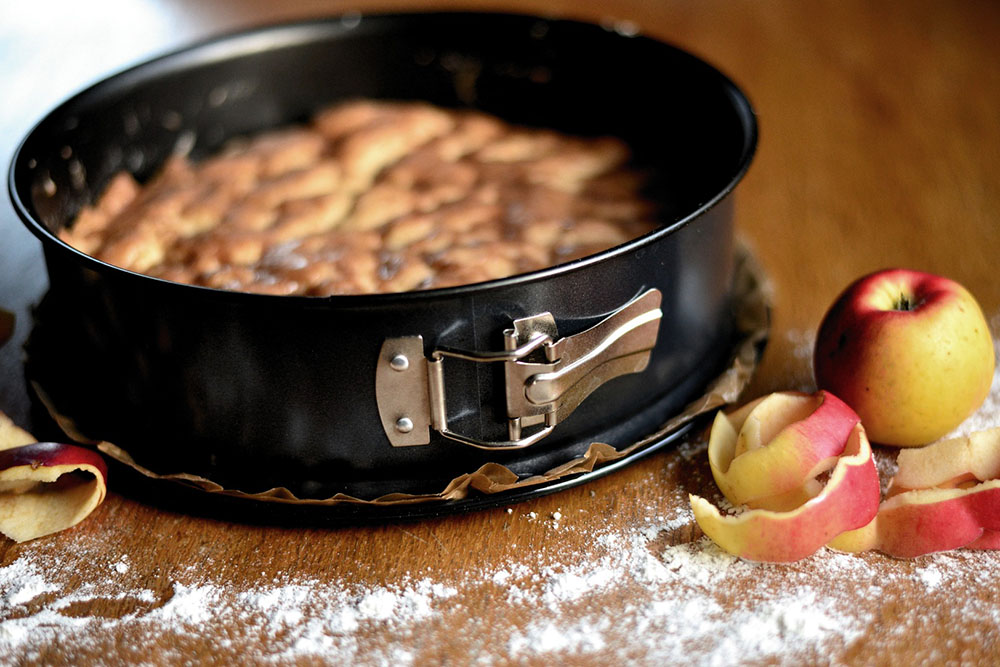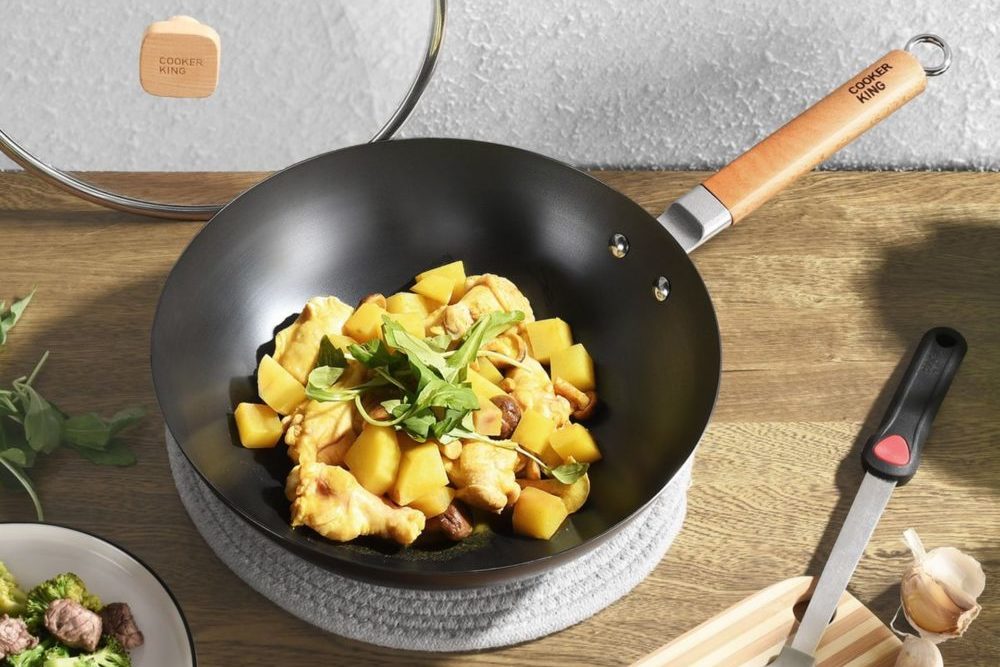The magic that goes on behind the oven door changes a pan full of batter into a light, fluffy cake that looks just like the picture in a cookbook. But sometimes, the baking gremlins come calling, and that beautiful cake comes out looking like you ran over it with a dump truck.Louise Crawford of Clover, S.C., has a pound cake problem. She has made the same recipe for years with good results, but after switching from name brand sugar to a store brand, her cakes have become heavy and what she calls “sad.” For those of you who need a translation, a sad cake is one that isn’t done in the middle.
The most likely explanation for this “sad” cake is that the two sugars are ground differently.
If the store brand is ground finer than the name brand you were using, you will get more sugar per cup, upsetting the balance of the recipe. Also, the crystals of the new sugar may not be as sharp as the old, which can lead to a heavier cake.
About this time, Mrs. Mozelle Ledbetter of Ranlo flings down her paper in disgust, shouting, “Dagnabbit! I never heard such a tom fool idea as sayin’ the shape of sugar crystals makes a cake do right. That boy’s been wearin’ that chef hat too tight.”
Well, let’s look at what sugar does in a cake besides make it sweet, and maybe all this will make some sense.
In order for a cake to rise, it must have a leavening agent to make the batter increase in volume. Most of the cakes use carbon dioxide, which is released from the baking soda or baking powder in the recipe. This carbon dioxide needs a place to go, so that’s where the sugar comes in.
The first step in making a pound cake is to take a fat, such as butter or shortening, or a combination of the two, and beat it with an electric mixer. This incorporates air bubbles. Then, sugar is sprinkled slowly into the butter. As the sharp sugar crystals cut into the butter, tiny pockets are formed and fill with air as the mixer blades pull more butter over the top of the hole to close it. This makes the butter double in volume and become creamy in texture, which is why this procedure is called “creaming.” If the crystals of the store brand sugar are smaller than the old favorite, or the edges of the crystals aren’t as sharp, they won’t cut into the butter as deeply. This makes a smaller hole, so less air can be pulled through. Then, the eggs are usually added, which adds more volume and allows the mixture to hold even more air. The dry ingredients, including the baking soda or powder, are then added, usually alternating with liquid. When the baking soda or powder comes into contact with liquid, carbon dioxide is released. As the batter heats up, bubbles form and the batter rises. As the carbon dioxide breaks down, the moisture in the cake forms steam, which fills the air pockets our sugar made. Eventually, the steam evaporates, but by this time the protein in the flour has had enough time to set, thus making the cake hold its shape.
Just as heat makes steam and carbon dioxide expand, coolness causes contraction. Open the oven door before the crumb structure is set and a draft will burst the tiny bubbles and the cake will fall.
One of the most common mistakes in baking cakes is to overbeat the batter after adding the flour. This makes the flour develop too much of the protein gluten, which is what makes the cake hold its shape. If you get too much, the cake will be tough. Alternately, adding one-third of the dry ingredients with one-third of the liquid ingredients until both are blended in seems to make just the right amount of gluten form to make a tender cake. Cake flour is higher in starch and lower in protein than all-purpose flour. It also is ground finer than regular flour, and produces a finer crumb.
Have your ingredients at room temperature before you start — butter should be around 65 degrees to cream nicely. Probably a return to Ms. Crawford’s old sugar will solve her pound cake problems. Click the link below for my grandmother’s pound cake recipe. It’s one of the best I’ve ever tasted, although I may be just a tad biased.
Grandma Hill’s Plain Cake
Aunt Ruth’s Pound Cake
For cake baking tips, click here.
Archive can be found here
Some of our recent posts:





